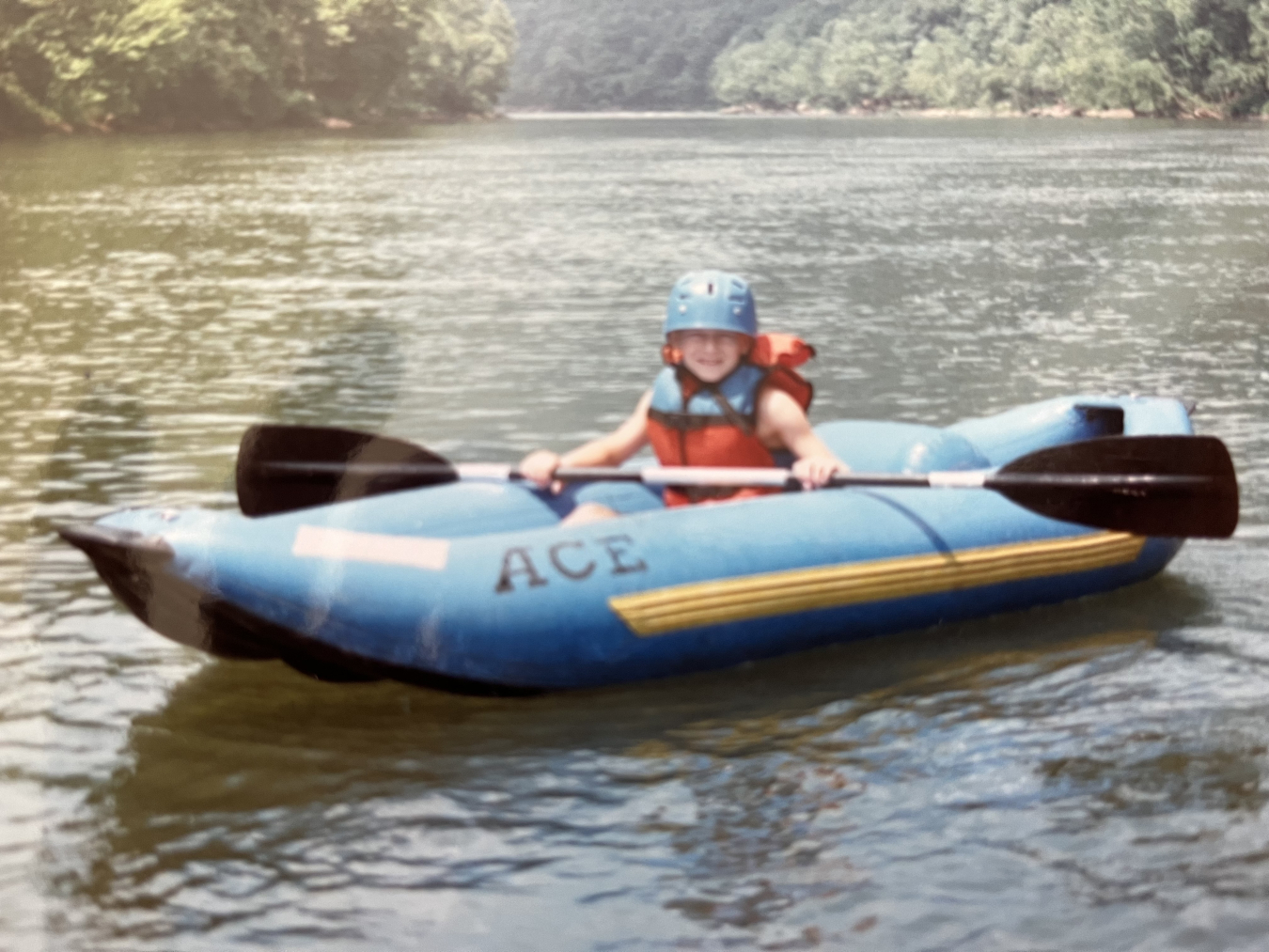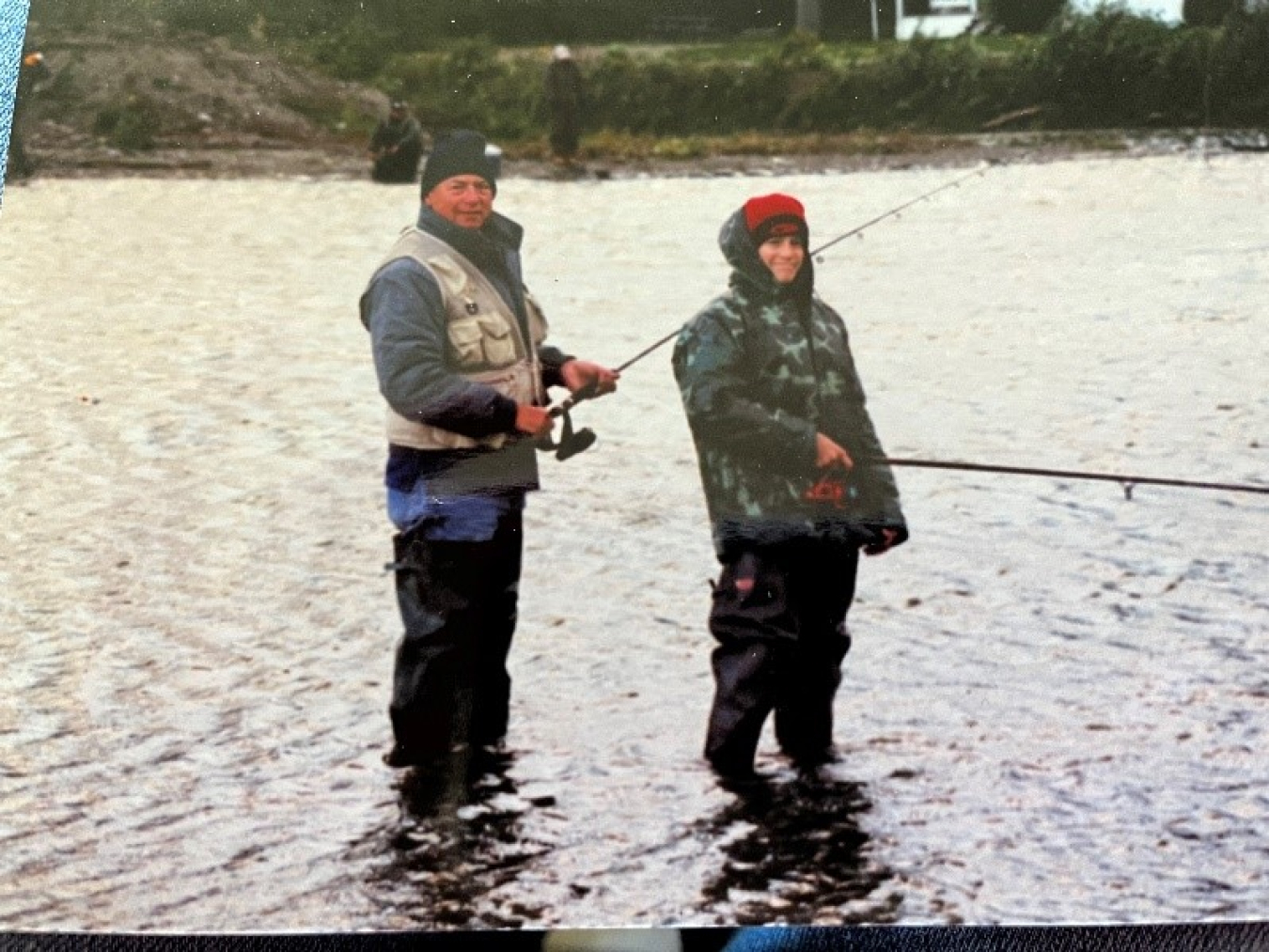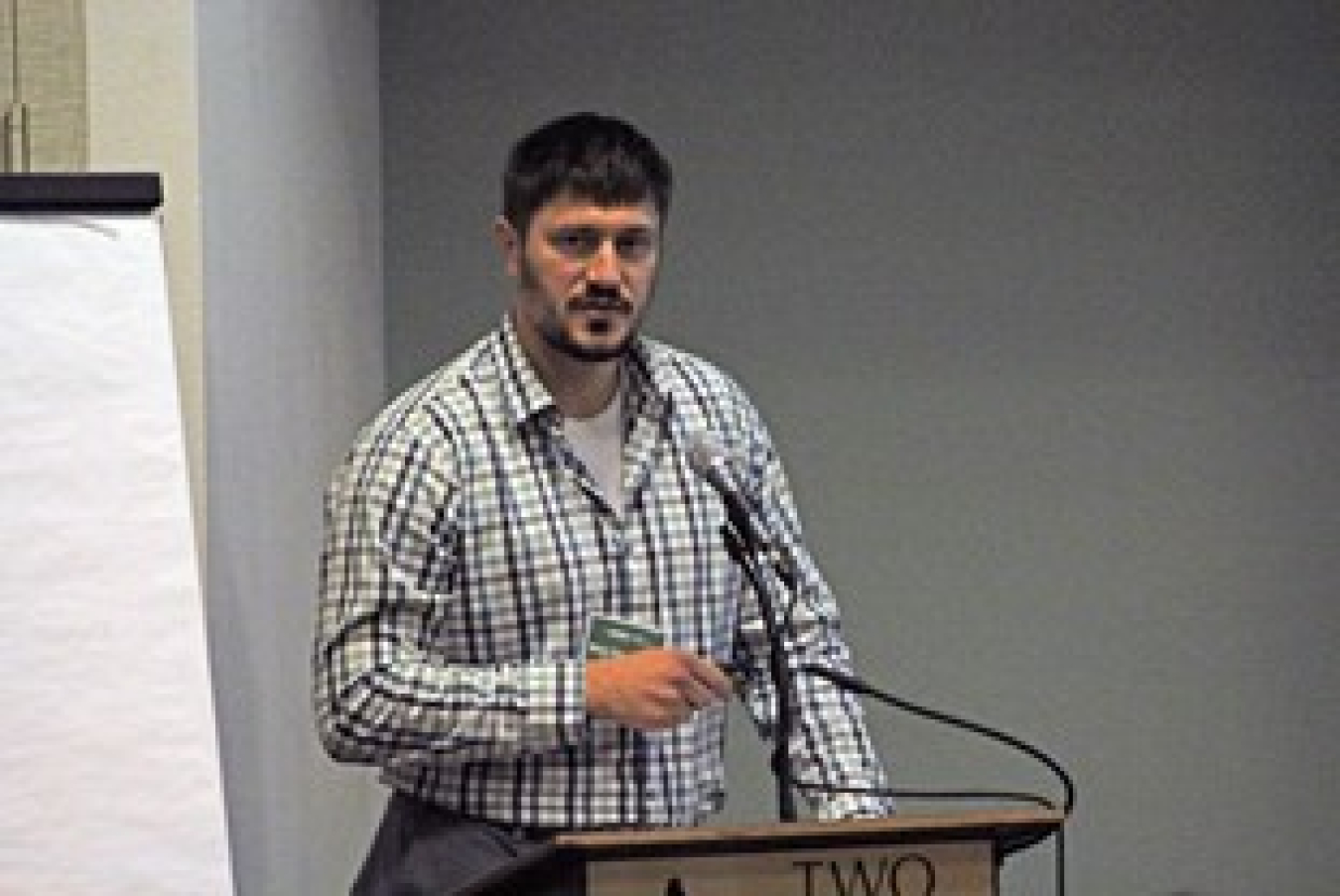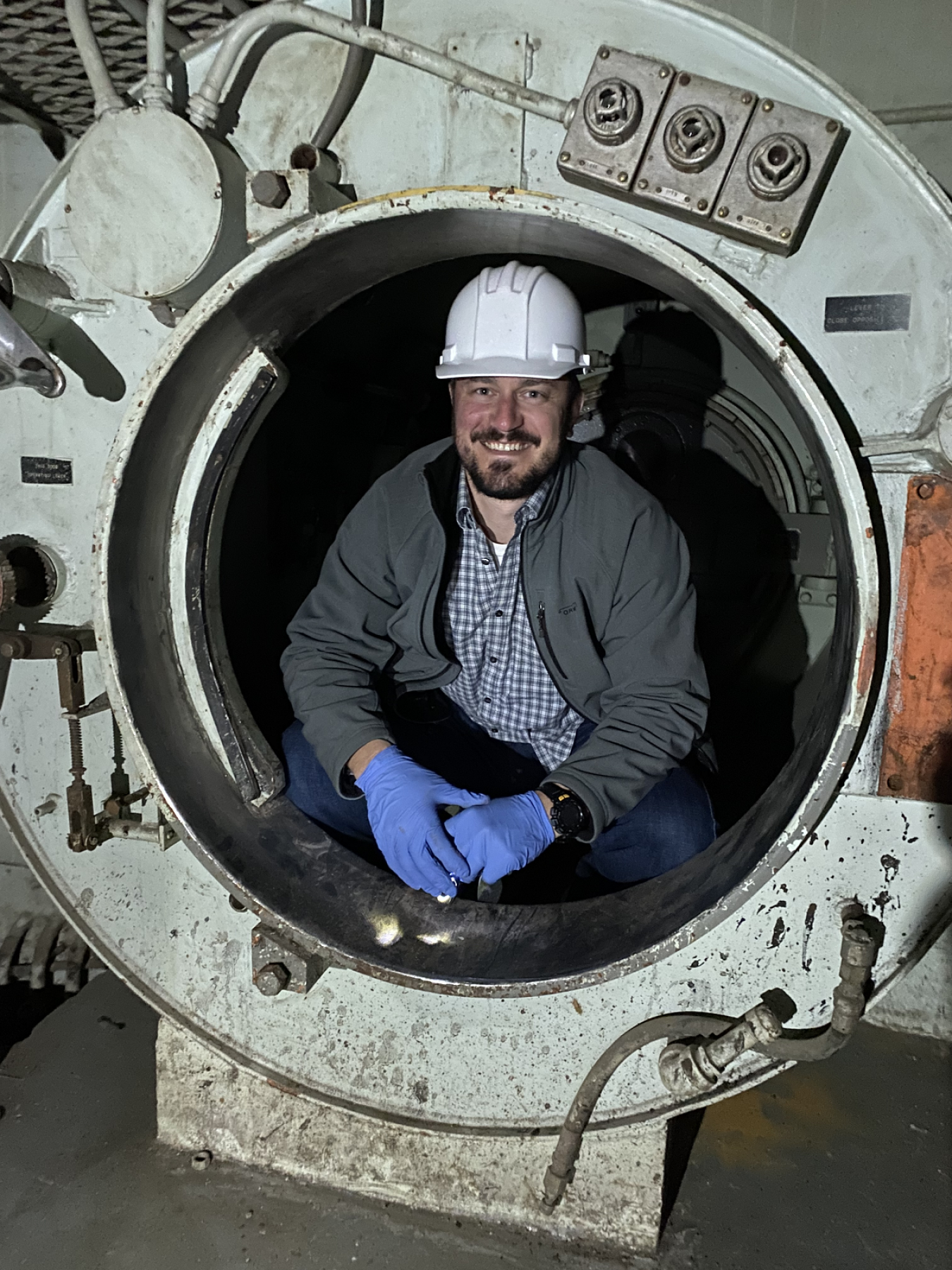A lifelong student of the environment shares his personal connection to LM.
April 19, 2022Brian Zimmerman’s passion for the environment began with a childhood spent swimming, hiking, and fishing. The son of a mechanical engineer, Zimmerman treated the free-flowing streams outside Pittsburgh as not only a playground, but a laboratory where he could observe natural processes at work.

A young Brian Zimmerman prepares to kayak.

A teenaged Brian Zimmerman, at right, fishes with his father, left.
The fascination never waned. As an environmental engineering graduate from the University of Cincinnati, Zimmerman yearned for solutions to the challenges he’d become versed in throughout a lifelong study of the outdoors.
After spending six years at the U.S. Environmental Protection Agency, Zimmerman joined the Department of Energy’s (DOE) Office of Legacy Management (LM), the organization tasked with long-term remediation of post-closure nuclear sites that supported Cold War atomic weapon programs.
“I have a sense of pride working for an organization so deeply rooted in the nation’s defense,” Zimmerman said. “During the periods of heavy nuclear weapons production, environmental protection wasn’t the main priority or even a fully-fledged discipline. Now at LM, I can support the same mission of protecting people, while recognizing that a healthy environment is essential in doing so.”

Zimmerman gives a presentation at the Long-Term Stewardship Conference on DOE’s approach to vapor intrusion at the Mound site.
Zimmerman’s role at LM keeps him on his toes. As a project manager at the Fernald site and Piqua decommissioned reactor site, both in Ohio, his work can range from public stakeholder engagement to ecological restoration, to reviewing hydrological evaluations and environmental engineering designs with regulators.
“It's never boring,” said Zimmerman. “I get to learn a little bit about a lot of different subjects and gain exposure to a strong diversity of thought processes and unique, smart people.”
While he admits juggling multiple projects can be demanding, Zimmerman finds inspiration in the crossroads. “That’s where you can develop as a well-rounded professional and learn to think differently,” he said. “Innovative approaches are often discovered at the nexus between different disciplines.”
Zimmerman recalled times when managing multiple sites, as varied as they were in scope, allowed him to identify common issues and implement solutions.

Zimmerman is shown inside the airlock at the decommissioned nuclear power plant in Piqua, Ohio.
The seasoned site manager even finds himself returning to the principles drummed into him throughout his educational career. While in his graduate school laboratory, Zimmerman studied bacteria and other microbes with the intent to harness their unique ability to remove contaminants from wastewater safely and efficiently. At LM, Zimmerman has applied similar concepts by injecting soybean oils into the subsurface to treat groundwater contaminated with volatile organic compounds. This approach has the potential to achieve groundwater remediation faster than conventional technologies, he said.
“Brian Zimmerman brings curiosity and enthusiasm to his work, which enables him to tackle the wide range of varied projects that come his way,” said Padraic Benson, a DOE program analyst. “He knows how to apply his passion and experience to new challenges, while encouraging others to do the same.”
As a long-term steward of the environment, LM is supported by an employee base that takes its mission to heart. Looking at the thriving forests, ponds, and grasslands that cover the Fernald nature preserve, where a uranium feed production center once stood, Zimmerman said he is reminded of the scenes that inspired his admiration for the outdoors at a young age.
“I’m grateful that at LM, my connection to the work is personal,” he said.

